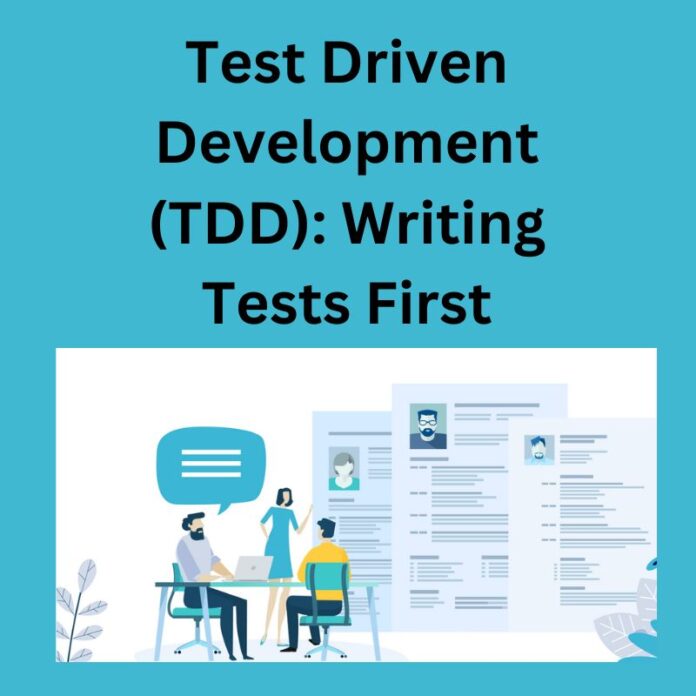Introduction
In the ever-evolving landscape of software development, Test Driven Development (TDD) stands out as a methodology that prioritizes testing at the forefront of the development process. This approach entails writing tests before the actual code, aiming to enhance code quality, maintainability, and overall software reliability.
Understanding Test Driven Development
1. The TDD Cycle: Red, Green, Refactor
TDD operates on a simple yet powerful cycle: Red, Green, Refactor.
-
Red: Begin by writing a failing test. This identifies the need for a new feature or improvement.
-
Green: Write the minimum code required to make the test pass. This ensures functionality without unnecessary complexity.
-
Refactor: Enhance the code without altering its behavior. This step prioritizes maintaining a clean and efficient codebase.
Advantages of TDD
2. Early Bug Detection
Writing tests first aids in early bug detection. By addressing potential issues at the beginning of development, developers can significantly reduce the time and effort spent on debugging later in the process.
3. Improved Code Design
TDD encourages modular and loosely coupled code. Writing tests forces developers to think about the design of their code, leading to more maintainable and scalable solutions.
4. Enhanced Collaboration
TDD fosters collaboration among team members. With a suite of tests in place, developers can confidently make changes, knowing that tests will identify any regressions, promoting smoother collaboration in larger development teams.
5. Continuous Integration Facilitation
TDD integrates seamlessly with continuous integration practices. Automated tests ensure that changes made by multiple developers do not compromise the integrity of the codebase.
Implementing TDD in Your Workflow
6. Start Small
Begin with small, manageable tests. As you become accustomed to the TDD process, gradually tackle more complex scenarios. This incremental approach ensures a smoother transition for the development team.
7. Choose the Right Testing Framework
Select a testing framework that aligns with your development environment. Popular choices include JUnit for Java, pytest for Python, and Jasmine for JavaScript.
8. Continuous Refinement
Regularly revisit and refine your tests. As the codebase evolves, so should the tests. Ensure they remain relevant, covering new features and code modifications.
Challenges and Considerations
9. Learning Curve
Adopting TDD might pose a learning curve for developers unfamiliar with the methodology. Investing time in training and providing resources can mitigate this challenge.
10. Balancing Act
Maintaining a balance between writing just enough tests without overburdening the development process requires careful consideration. Striking this balance ensures the effectiveness of TDD.
Conclusion
In conclusion, Test Driven Development (TDD), with its emphasis on writing tests first, is a proactive approach crucial in modern software development. For mastery in TDD and overall software efficiency, consider a reputable Software Testing Training Course in Gurgaon, Ahmedabad, Delhi and all Cities in India. Elevate your skills and contribute to the creation of robust and reliable software solutions.


